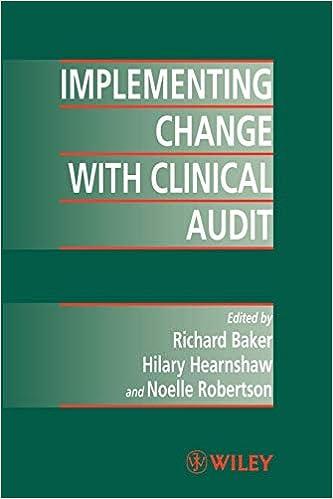Answered step by step
Verified Expert Solution
Question
1 Approved Answer
Q1-2 please thank you Question 2: Graphical Illustration for Solow Growth Consider a Solow economy that begins with a capital stock per capita of $3

Q1-2 please thank you
Question 2: Graphical Illustration for Solow Growth Consider a Solow economy that begins with a capital stock per capita of $3 million, and suppose its steady-state level of capital per capita is $5 million. So, the economy is during the transition. 1. Plot the paths of capital per capita k, output per capita y, and consumption per capita c over time in the graphs below (you can draw your own graphs.). Use the Solow diagram (i.e. the graph with the key equation in the Solow model) and the mathematics of the Solow model to explain what happens to the economy, both during the transition and in the long run. (Hint: Check the numerical example in the lecture slides. You can assume the per capita production function takes the form y=Aka to plot y.) 2. To its pleasant surprise, the economy receives a generous gift of foreign aid in the form of $1 million worth of capital per capita (electric power plants, machine tools, etc.) at the beginning when the amount of capital per capita is $3 million. So, the amount of capital per capita becomes $4 million. Answer the same questions as in question Q2(1). 3. Suppose instead of starting below its steady state, the economy begins in the steady state, with a capital stock equal to $5 million. Again, to its pleasant surprise, the economy receives $1 million worth of capital per capita at the beginning. So, the amount of capital becomes $6 million. Answer the same as questions as in Q2(1). 4. Summarize what this question teaches you about the possible consequences of foreign aid. Does foreign aid help the country in the short run and in the long run? (Max 10 sentences) Question 2: Graphical Illustration for Solow Growth Consider a Solow economy that begins with a capital stock per capita of $3 million, and suppose its steady-state level of capital per capita is $5 million. So, the economy is during the transition. 1. Plot the paths of capital per capita k, output per capita y, and consumption per capita c over time in the graphs below (you can draw your own graphs.). Use the Solow diagram (i.e. the graph with the key equation in the Solow model) and the mathematics of the Solow model to explain what happens to the economy, both during the transition and in the long run. (Hint: Check the numerical example in the lecture slides. You can assume the per capita production function takes the form y=Aka to plot y.) 2. To its pleasant surprise, the economy receives a generous gift of foreign aid in the form of $1 million worth of capital per capita (electric power plants, machine tools, etc.) at the beginning when the amount of capital per capita is $3 million. So, the amount of capital per capita becomes $4 million. Answer the same questions as in question Q2(1). 3. Suppose instead of starting below its steady state, the economy begins in the steady state, with a capital stock equal to $5 million. Again, to its pleasant surprise, the economy receives $1 million worth of capital per capita at the beginning. So, the amount of capital becomes $6 million. Answer the same as questions as in Q2(1). 4. Summarize what this question teaches you about the possible consequences of foreign aid. Does foreign aid help the country in the short run and in the long run? (Max 10 sentences)Step by Step Solution
There are 3 Steps involved in it
Step: 1

Get Instant Access to Expert-Tailored Solutions
See step-by-step solutions with expert insights and AI powered tools for academic success
Step: 2

Step: 3

Ace Your Homework with AI
Get the answers you need in no time with our AI-driven, step-by-step assistance
Get Started


